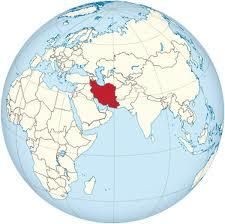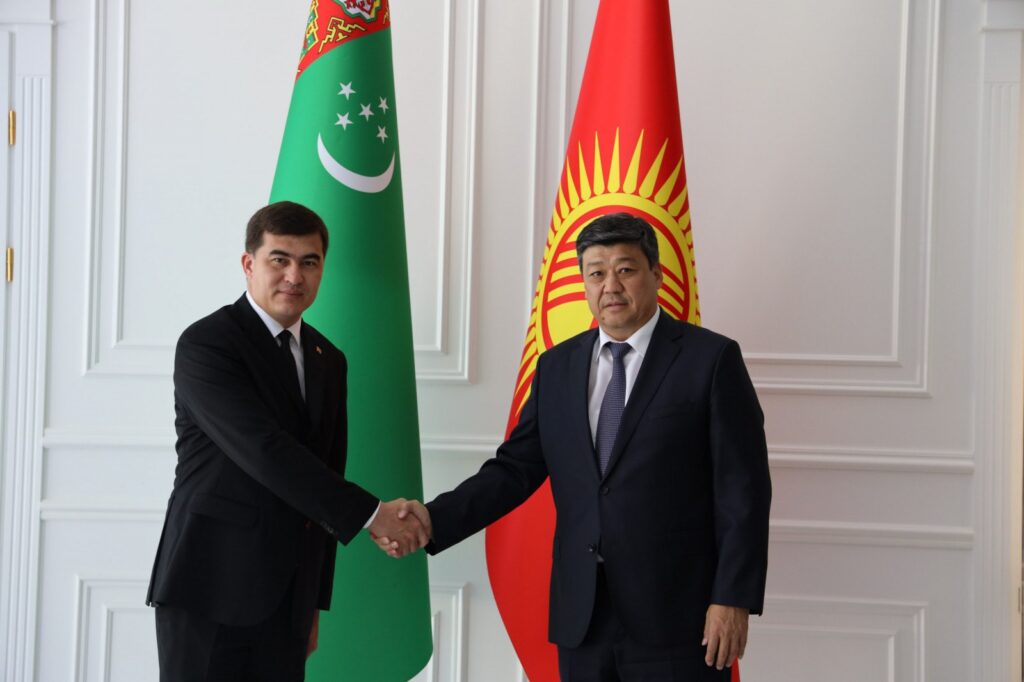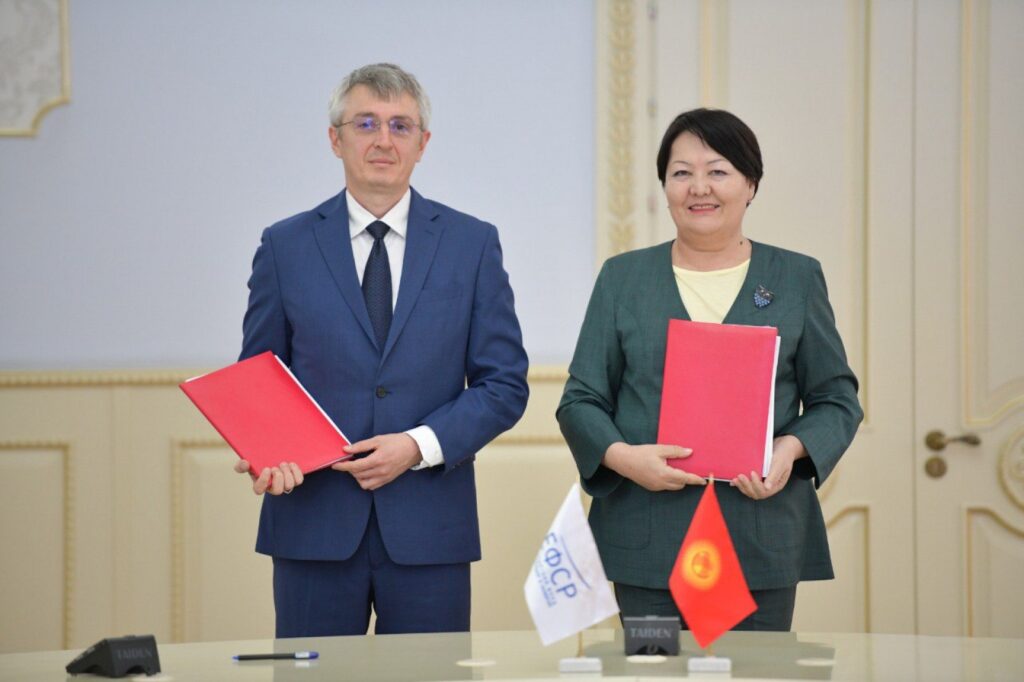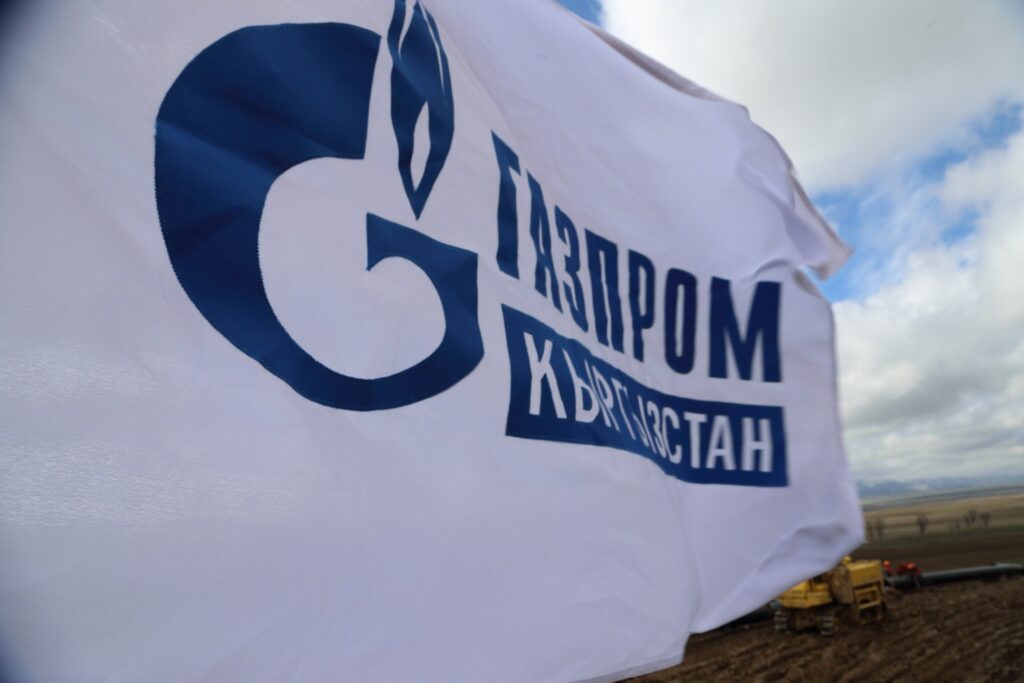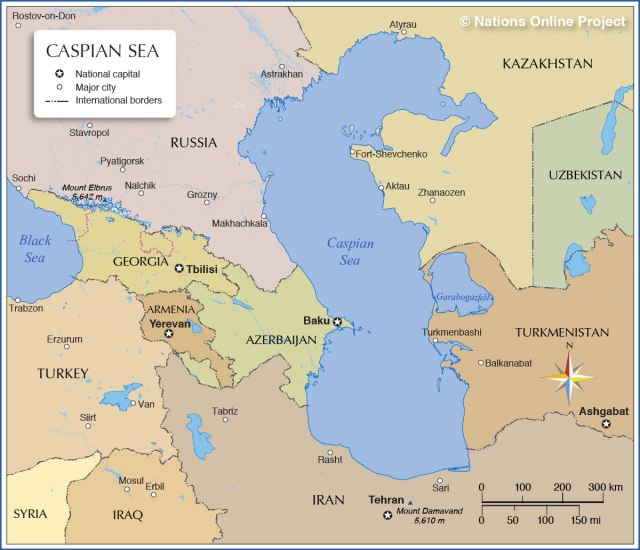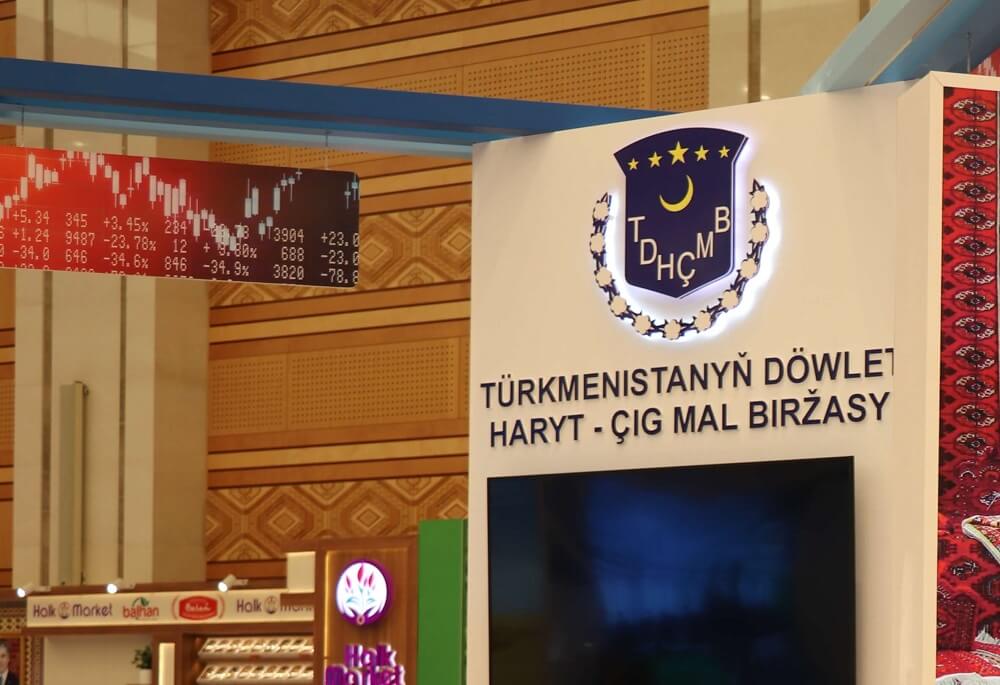LONDON (TCA) — With the recent removal of the sanctions on Iran, Europe and the former Soviet republics have jumped on the platform to announce “breakthrough” deals on the occasion. Today most of those “new” deals are in fact a lot older, and it will take several years before a concrete benefit will be achieved both for Central Asia and Iran. Today Iran needs every bit of cash to cope with its huge socioeconomic problems while Central Asia access to the sea and alternative export routes has always been of high priority.
Last month the governments of Uzbekistan and Turkmenistan signed an agreement with Iran and Oman for the realization of a “transport corridor” from Tashkent to the Iranian side of the Straits of Hormuz. This agreement was in fact little else than taking a five-year-old document, inked in April 2011, which included Qatar which was to back off little later. The difference between the two pacts is that today the projected rail link between Turkmenistan and Iran has come into existence (that agreement was already signed back in 2007), with a supply link from Kazakhstan providing for a direct rail connection between China and Iran through the two trans-border railways between Kazakhstan and the People’s Republic.
Also of late, Kazakhstan’s President Nursultan Nazarbayev visited Tehran, carrying $2 billion worth in protocols in his pocket for Kazakh-Iranian projects in “metallurgical and mining industries, agricultural sector, transport and logistics, tourism, science, education and healthcare”, in the words of a press release following the visit from the presidential office in Astana. As for Kyrgyzstan and Tajikistan, Iran’s lack of financial reserves and so far intentions of “further cooperation” remain limited.
Northern Iran’s needs
Regarding oil it should be noted that even during the trade sanctions imposed by the USA and the EU, Iran has never really been out of business. As a matter of fact, oil was simply sold to China and Japan as well as a number of smaller economies stretching from East Africa to Latin America, and even to western countries through the main international exchange point in Dubai, from which Iran was never barred. Oil was then mixed with other benchmarks to a blend the origin of which was hard to trace. Swap deals continued to be made all the time with Russia and Kazakhstan which delivered crude oil across the Caspian to northern Iran, where the country’s industry and most of its population are concentrated – which was cheaper than to take it from Iran’s Gulf provinces in the absence of a major-capacity pipeline across the country.
The same is true for gas. Iran holds the second-largest gas reserves after the Russian Federation, but it shares most of the offshore fields with Qatar – so the gas simply got the latter’s label and was sold without much hindrance.
To relieve northern Iran’s needs, a pipeline from Turkmenistan’s terminal of Korpeje was commissioned as early as 1997 and has worked smoothly ever since. Expansion of its capacity and a link into Pakistan to circumvent the snake pits of Afghanistan, the Caspian Sea and the southern Caucasus and the Persian Gulf altogether is now under consideration but in reality it has been on the agenda ever since the time of Gorbatchev’s perestroika. Shortly after Turkmenistan’s independence, another plan dating from late Soviet times became reality, namely a jointly-owned dam with hydropower generators on the border with Iran.
A daring project
A canal to be dug from the Caspian Sea across Iran to the Indian Ocean is certainly what Central Asia would like to see executed. That plan is even older and dates from the late XIX and early XX Century when Russia briefly controlled most of Iran’s northern territories until in the aftermath of the First World War, when Lenin gave it up in 1921 under the threat of all-out war with Britain which controlled the south and west of Iran. Again, the scheme popped up once more in the 1980s but was thwarted by the USSR’s support for Iraq during the eight-year war with Iran.
There are two variants of the plan, the first of which consists of a waterway between the southwestern Caspian close to the border with Azerbaijan and the southern shore of the Gulf, while the second (longer) one leads from the Caspian shore close to the border with Turkmenistan to the Indian Ocean, not far from the border with Pakistan.
The cost of the project, should it ever materialize, has been put at the equivalent of 7 billion in US dollar and construction time at around half a decade. At today prices and conditions both estimates are probably undervalued given the fact that the canal has to be equipped with locks given the difference in sea levels on either end. In any case, as far as it concerns the “eastern” option, all other infrastructure on its desolate and barren track will have to be newly built. Nevertheless, the “eastern” track is to be preferred to the western variant, which would lead across rather unruly areas inhabited by ethnic Azeris and Kurds and end up within firing range from Saudi Arabia.
In all, Saudis and Turks would be the main losers since it would make the Straits of Hormuz and the Bosphorus virtually redundant for vessels from the former USSR. Since both countries, accused of working in the interest of Daesh and other terrorist forces in the Near-East, are already at odds with Iran, tensions can only rise should the scheme ever start to materialize. The attitude of western countries, most of all the US and the EU, looks rather unpredictable as things stand today. In all: the overall detente regarding Iran may suit both Russia and its neighbors to the south, but the pitfalls on the track remain all too numerous for it.
